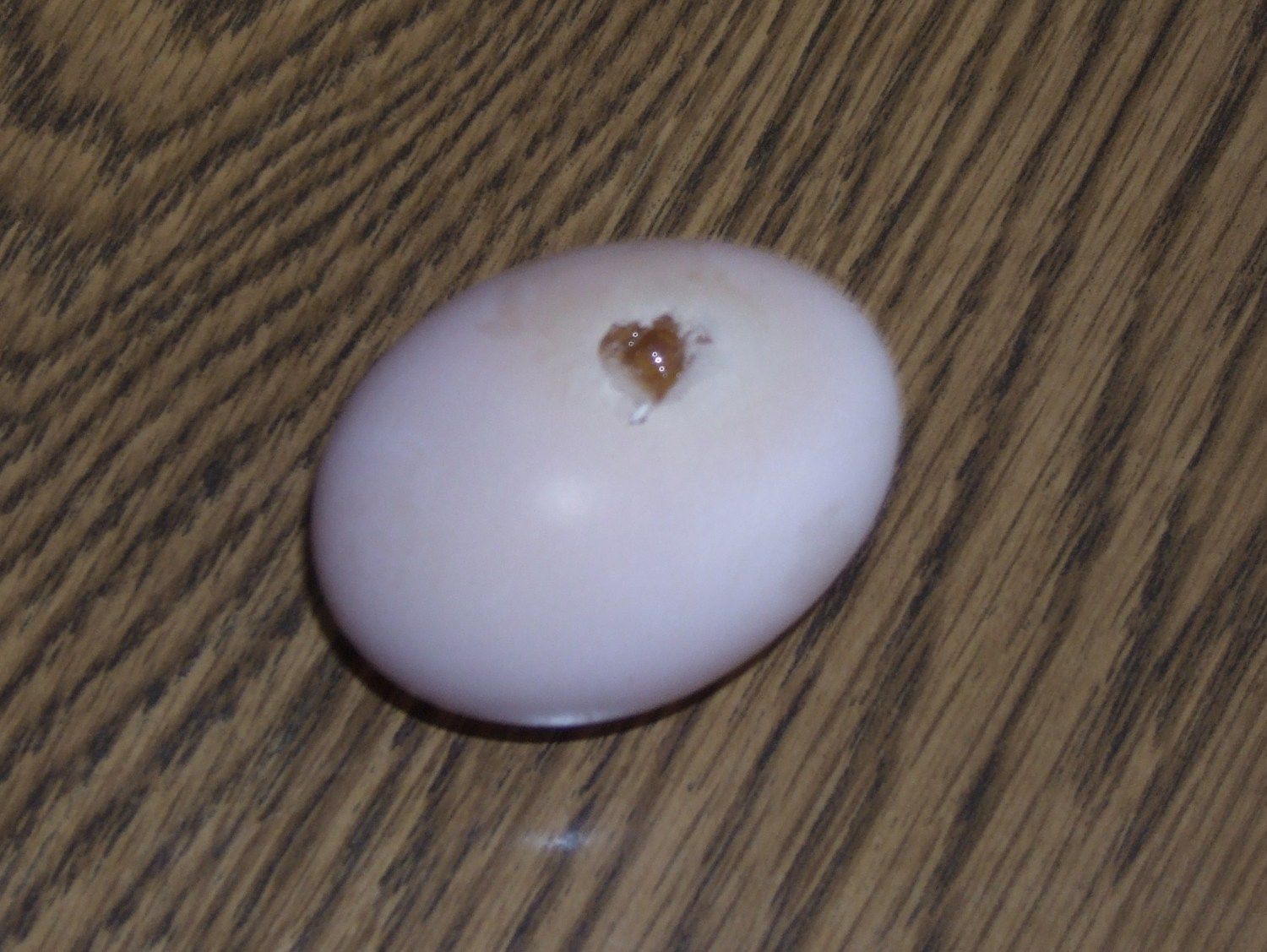Don't have any pictures but it's pretty simple. A squirrel tail is a tail held at more than 90 degrees above horizontal. It's a disqualification in all breeds except Japanese Bantams.
Google Japanese Bantams and you can see them.... I found a thread with that info and it really is just like he said, 90 degrees, high and proud!






